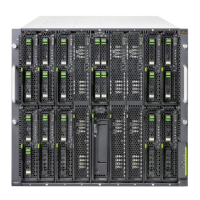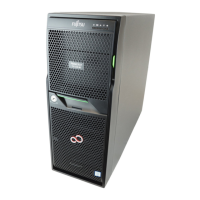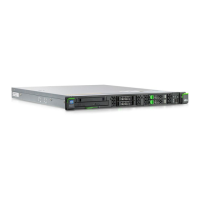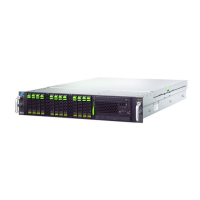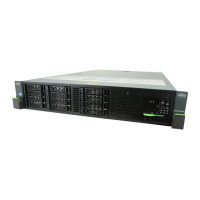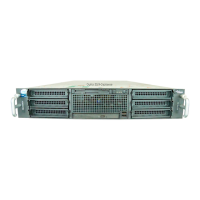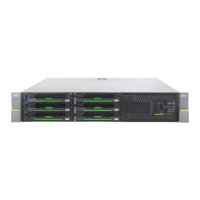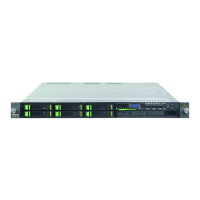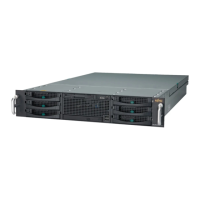26 ServerView BX900 Management Blade
3.3.7 User Management
The User Management option is used to change, add and delete users.
The following four user types (roles) with different permission rights are possible:
1. Administrator
2. OEM
3. Operator
4. User
The access rights of the various user roles are as follows:
Administrator
This role allows the user
– to create, update, and delete a user account
– to configure system settings related to the MMB, connection blades, and server blades
– to use commands on the iRMC controller as a result of IPMI permission level assignments of LAN/Serial
for administrators
– to use the functions at the usual user interfaces (Web UI, CLI etc.)
OEM
This role allows the user
– to have the same functions as the Administrator and
– to use OEM commands and functions on the iRMC controller
Operator
This role allows the user
– to use commands on the iRMC controller as a result of IPMI permission level assignments of LAN/Serial
for operators
– to use the functions at the usual user interfaces (Web UI, CLI etc.)
User
This role allows the user
– to use the functions at the usual user interfaces (Web UI, CLI etc.)
Power Control Starts rebooting the connection blade.
Refresh Enables/disables the refresh function.
Connection Blade Mode GbE connection blades can run in two different modes – Switch and IBP. The mode
enabled is displayed here.
Reset Interface Settings Sets the configuration settings to default.
Stacking State Applies for Connection Blade GbE Switch/IBP 36/8+2 (SB11). These can be intercon-
nected to form a stack. Possible state: Master or Member.
Inter-Switch Link Setting Applies for Connection Blade GbE Switch/IBP 36/8+2 (SB11). Two SB11s which are
operated in a fabric (horizontally adjacent to each other) can be interconnected to
form "one" connection blade. A common management interface then exists for the
connected connection blades.
Parameter Description
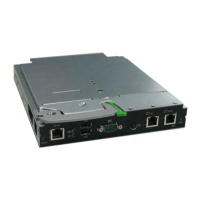
